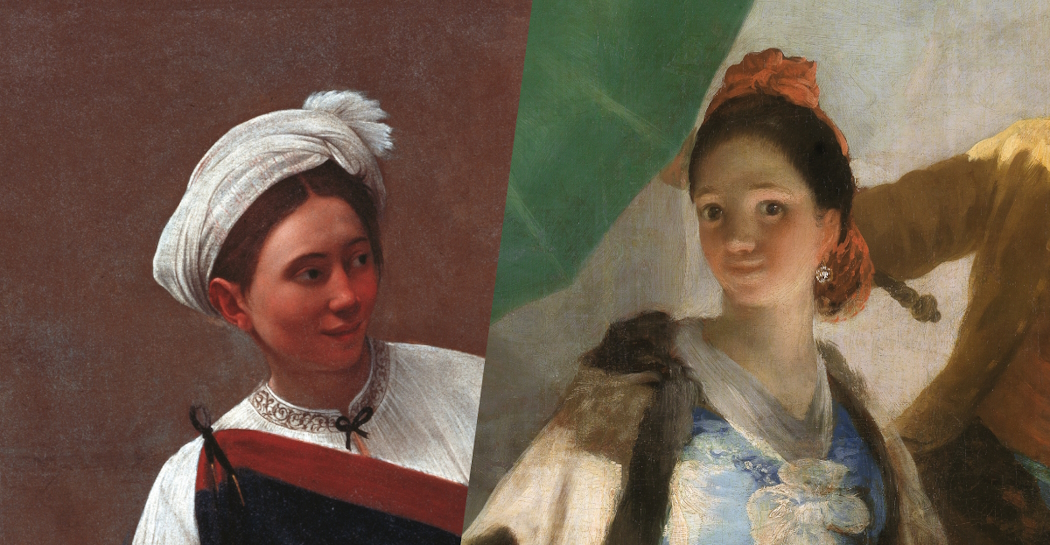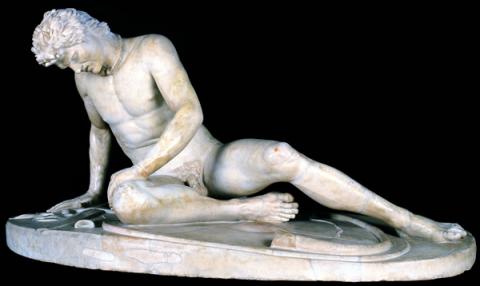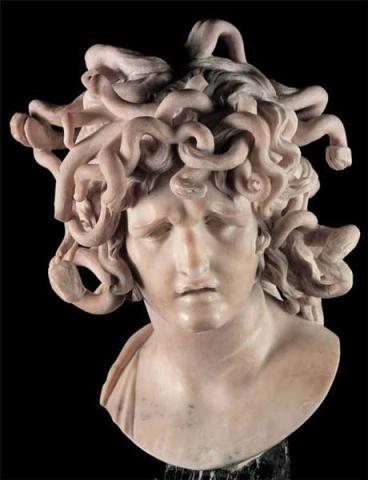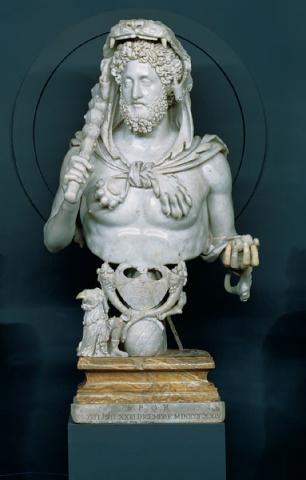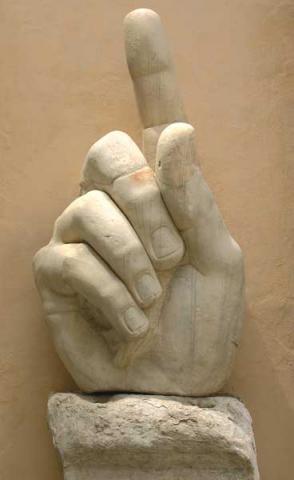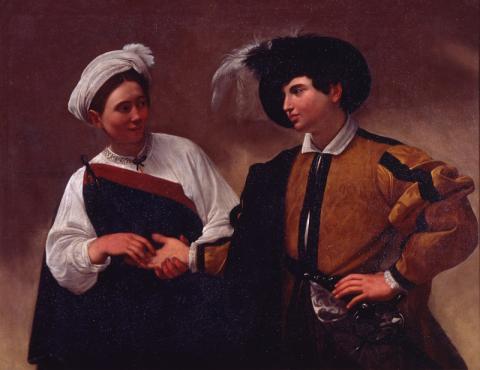Goya e Caravaggio: verità e ribellione

The exhibition project places Caravaggio's Buona Ventura and Francisco Goya's Parasole on loan from the Prado National Museum in Madrid side by side for the first time.
Twenty-three years after its only appearance in the capital (Galleria Nazionale d'Arte Antica, 18 March - 18 June 2000), Francisco Goya's Parasole, an early masterpiece by the Spanish master (1777), returns to Rome, to the Musei Capitolini, and is on display until 25 February 2024 in the Pinacoteca Capitolina.
The arrival of the painting is the result of the cultural agreement for the exchange of artworks initiated some time ago by the Sovrintendenza Capitolina with important Italian and international museum institutions. The lending museum is the Museo Nazionale del Prado, which has granted Goya's painting as a counter-loan to Guido Reni's Anima Beata, on the occasion of the exhibition "Guido Reni" (Museo Nazionale del Prado, 28 March - 9 July 2023).
Goya's Parasole (104x152 cm) is hosted in the Sala Santa Petronilla of the Pinacoteca Capitolina and positioned next to Caravaggio's Buona Ventura (1597), with the intention of enriching the tour and offering the public new food for thought on the great themes of art history.
The exhibition project, entitled "Goya and Caravaggio: verità e ribellione", aims to highlight how the two great artists were masterful interpreters of the society of their time and how they described it, introducing revolutionary iconographic and stylistic innovations into their figurative language.
There are many points in common: both paintings belong to their youthful activity, in both the protagonists are a woman and a man, both describe with 'truth' a scene of everyday life in contemporary society and, finally, both reveal those symptoms of 'rebellion' against the iconographic and stylistic conditioning imposed by the academic customs and rules of their time.
A daring comparison between two works so distant in style and time - they are some 180 years apart - yet each heralds the transition to a new era: if Caravaggio can be considered the first modern painter, Goya was the first of the 'Romantics' and the one who paved the way for contemporary art.
The Parasole
El Quitasol, the painting's Spanish title, is one of the preparatory cartoons made by Goya for the cycle of tapestries destined to decorate the dining room of the Pardo Palace in Madrid, the hunting residence of the Princes of Asturias: the future King Carlo IV and his wife Maria Luisa di Parma. The drawing was delivered by Goya to the Real Fábrica de Santa Bárbara on 12 August 1777 and is described as follows by the artist himself in the delivery receipt: "it represents a girl sitting on a bank, with a small dog and with a boy at her side, who is shading her with a parasol". The simplicity of the subject is matched by the absolute freedom of invention, no longer hunting themes or allegorical compositions as the Nordic Flemish tradition wanted, but scenes and figures inspired by the real world and contemporary Spanish society. The young woman protected by the parasol, a very fashionable object in the 18th century, is in fact a maja, i.e. a woman of the people, wearing an elegant and opulent dress in French fashions as was the case in Spain on feast days. The woman shows herself in all her beauty to the young majo dressed in typical Madrid attire and to the audience, to whom she seems to turn a flirtatious glance. Everything contributes to making the scene a game of seduction: the bright colours of her clothes, the small dog curled up on her lap, the subtle play of light and shadow that the parasol creates on the maiden's face. Light and colour are undoubtedly the main protagonists of the painting and reveal Goya's knowledge of ancient painting, particularly Venetian Renaissance painting, but not only. If the influence of Tiepolo and French painting is evident in the airiness of the painting, the profoundly realistic interpretation, the theme of seduction, the painting technique with the colour spread directly on the canvas with the preparation left in places, as well as the effects of light obtained with lead white and the lively play of gazes would almost lead one to think that the Spanish master's eye also rested for a moment on Caravaggio's Buona Ventura when he came to Italy some six years earlier (1770-1771) and resided in Rome, where he attended the Scuola del Nudo in Campidoglio in whose famous gallery the Buona Ventura was already kept.
Information
From 12 January to 25 February 2024
Everyday 9.30-19.30
Last admission one hour before closing time
Before planning the visit, CONSULT THE NOTICES
Admission to the exhibition is free of charge and allowed to holders of tickets for Musei Capitolini and current exhibitions according to the current rates.
Free entrance for MIC card holders
Tel. 060608 (everyday h 9.00 - 19.00)
Promoters
Roma Capitale, Assessorato alla Cultura, Sovrintendenza Capitolina ai Beni Culturali
Organisation
Zètema Progetto Cultura
Scientific project by
Sovrintendenza Capitolina ai Beni Culturali
Texts by
Federica Maria Papi and Chiara Smeraldi
Press Room
Gallery
Eventi correlati
1013974
